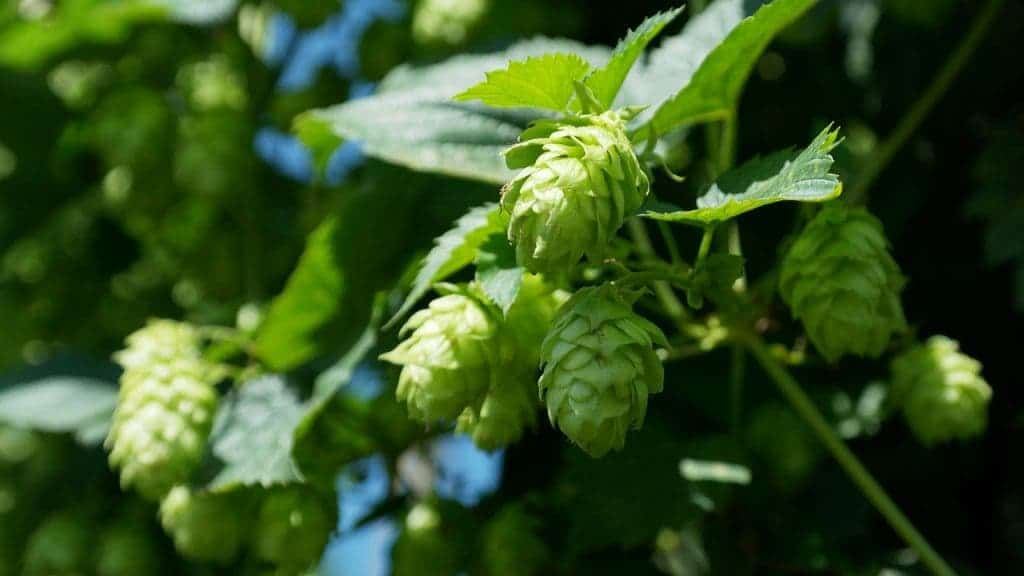The health benefits of beer are well documented, and much of these are owed to the properties of hops. These cone-shaped buds are added to the brew to help balance the bitter, malty taste, but also to prevent contamination during fermentation. That’s because the hop flowers contain some substances that have key anti-inflammatory and anti-bacterial properties. Now, researchers are isolating these substances. They hope they can make a straightforward process to synthesize these substances and turn them into a new medicine for cancer or inflammatory diseases.

Hops have been used as a folk remedy since time immemorial for anything from lack of sleep, to anxiety, to inflammation. Beer, which is made from hops, has a scour of scientifically backed health benefits like heart disease risk reduction, kidney stone prevention, cholesterol reduction, bone strengthener and many more. Ideally, you’d like any those compounds that are good for you and throw away anything that might be bad or even benign.
[ALSO READ] The science of why beer is so delicious
University of Idaho researchers are doing just that for hops. They’ve singled out humulones, which are alpha acids that have anticancer and anti-inflammatory properties, and lupulones, which are beta acids that have equally important but not as well-understood biological effects. The big plan is to synthesize these compounds and add them to a library so scientists can now they’re extracting the right acids.
“When researchers extract healthful chemicals from hops, they first have to determine whether they have separated out the specific compounds they’re interested in,” says Kristopher Waynant, Ph.D., who leads the project. “But if you can figure out how to make these compounds from scratch, you know they are the right ones.”
Waynant and colleagues first start with phloroglucinol, a plant derived compound, then use a multi-step processes to synthesize three types of humulones.They begin with acylation and prenylation steps, and then use transition-metal catalysis with a chiral ligand to create asymmetric products.
The researchers say they are getting very close to optimizing the complete method for producing humulones in the lab. Hopefully, they’ll get to synthesize a broader range of humulones and lupulones and soon use them in new agents to fight diseases. “It’s been a lot of trial and error,” Lucas Sass, an undergraduate student at the University of Idaho who is assisting Waynant in the research, said in the press release. “But it’s so exciting when an approach finally works.”
The researchers’ work was presented at the 51st National Meeting & Exposition of the American Chemical Society (ACS).






